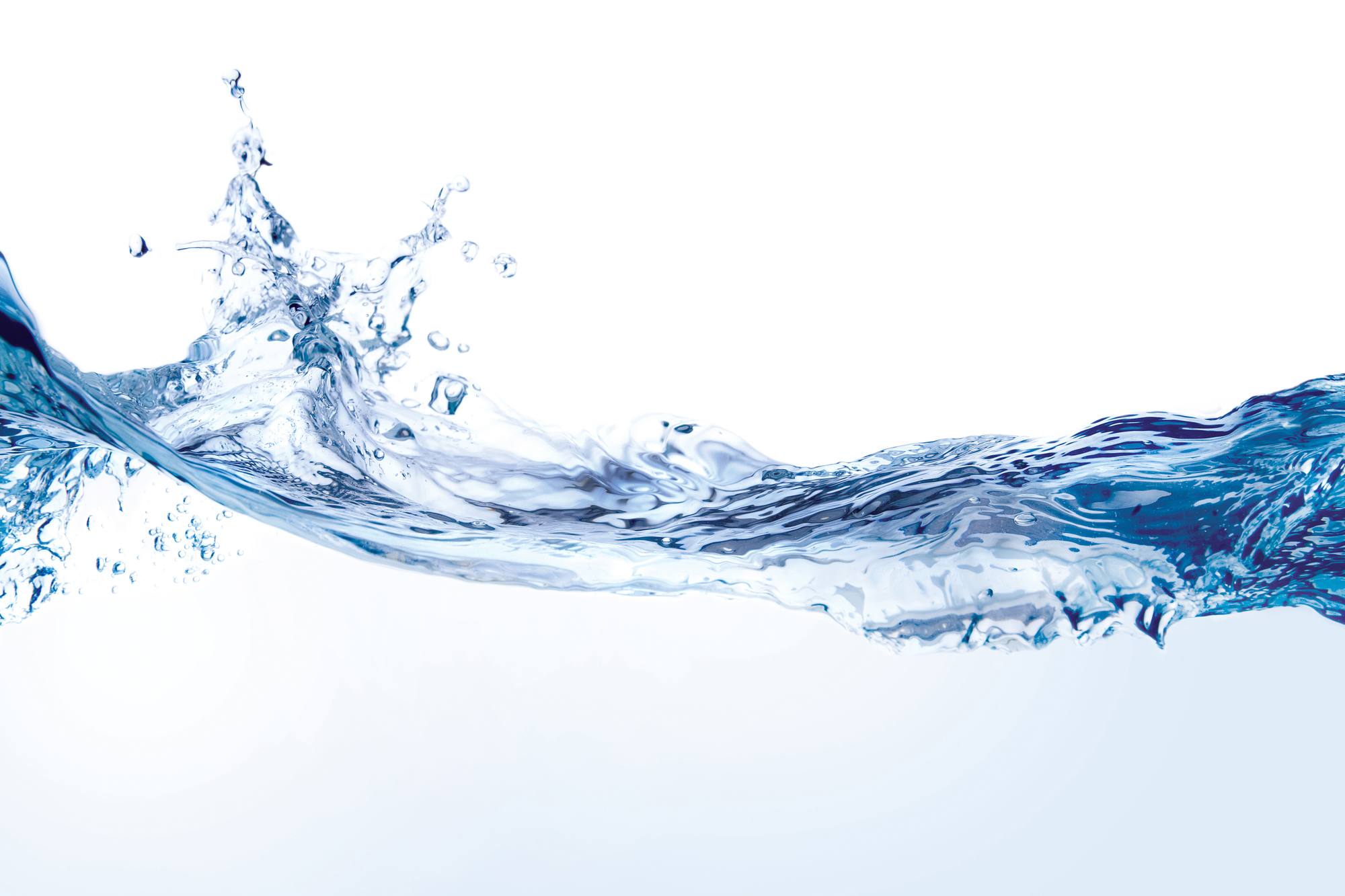Air Cooled vs. Liquid Cooled: The Differences
When engineers design an electronic device and pack scores of components onto circuit boards and into enclosures, it is guaranteed the device will generate heat in addition to doing its intended job. In high power applications, the problem of unwanted heat magnifies.
Heat is the result of inefficiencies in the device's component parts — its inductors, resistors, capacitors and semiconductors. In general, the more power flowing through a device, the more heat is generated. CTM's line reactors handle current flows up to 1,200 Amperes at 480 Volts, equivalent to 576,000 Watts. With such massive power flowing through a line reactor, the issue of unwanted heat becomes a serious problem.
Excess heat reduces the mean time between failure (MTBF) of virtually any device. According to VITA, an open standards organization, “For every 10 degrees you drop temperatures on electronics, your MTBF will double, so the hotter the electronics get, the lower the MTBF.” [see ref. 3]
Air Cooling
Traditionally, engineers have used two methods for removing unwanted heat.
Free Convection Air Cooling
A “free” or “natural” convection air cooled system has no moving parts for circulating the air. The only air movement is a direct result of density differences caused by heating the air, which creates relative buoyancy. Heat is removed through the device by convection on the external surfaces of the part. Many electronic devices are rated for free convection cooling based upon the ambient air temperature: the cooler the surrounding air, the more heat can be dissipated by convection. This simple cooling method requires no cooling fans. However, free convection can only dissipate heat at a relatively low rate.
Forced (Fan) Air Cooling
A forced air cooled system is equivalent to a convection air cooled system, except the air is actively forced across the surface of the hot components. Blowing air across the surface increases the convective heat transfer coefficient and leads to more efficient cooling. Fans and blowers are usually rated according to how many cubic feet of air can be moved per minute.
Heat Transfer Coefficients
Thermal Conductivity is the Key
However, air — whether it is free or forced — has low thermal conductivity. Thermal conductivity refers to the ability of a substance to transfer heat. Imagine a piece of aluminum. Place a heat source near one side. Then, keep track of the time required for the opposite side to increase one degree of temperature. The faster the far side heats, the higher the thermal conductivity. Here are thermal conductivity ratings of some common materials (measured in Watts per meter-degree Kelvin; W/m-K). [See ref. 1,2]
- Air 0.026
- Styrofoam 0.029
- Wood 0.11
- Water 0.61
- Glass 0.8
- Concrete 1.0
- Steel 46
- Aluminum 240
- Copper 400
It is striking to see that water is 23.5 times more efficient in transferring heat than air. Further, given a specific volume of water flow over a hot component (the volumetric flow rate), water has a heat carrying capacity nearly 3,500 times that of air.
Liquid Cooling — The Modern Design Approach
Liquid cooling technology is increasingly displacing air cooled systems. There are several reasons for this growing trend:
- While air-cooled devices can use ambient air, they generally require large clearances, making for bulkier designs.
- Air cooling increases the temperature of the cabinet or other enclosure, thereby increasing the temperature seen by other devices in the same enclosure.
- Typically, air cooled devices are not environmentally sealed.
- Air cooling is noisy due to fan noise and magnetostriction, the magnetic effect that causes transformers and other inductors to heat and to audibly hum.
On the other hand, liquid cooled equipment brings substantial benefits:
- Liquid cooling allows for equipment that is much smaller. This can simplify installation into tight spaces.
- Equipment that's liquid cooled operates independently of ambient conditions; climate control of equipment rooms is not required.
- Liquid cooled equipment has almost no effect on increasing air temperature within a cabinet or enclosure. A full 97 percent of heat is removed directly through the coolant. Further, such equipment has very low surface temperatures and does not require large clearances to other components.
- Liquid cooled devices are usually environmentally sealed and can be used in harsh environments.
- They are quiet, with damped magnetostriction due to sealed design and no fan noise.
- Greater efficiencies than air cooling allows comes from the use of smaller magnetics. Whereas an air cooled filter may require a certain sized magnetic core to operate in an adequate temperature range, liquid cooled equipment can run with a smaller core. The smaller core volume equates to lower core losses and less unwanted heat.
- While liquid cooled components require a liquid cooling agent and heat exchanger, if other devices are also liquid cooled, a common heat exchanger can be used.
CTM Magnetics produced the world's first liquid cooled inductor in 2006. In the past decade, we have continued to improve liquid cooling technology, and have redefined the limits of heat transfer in power electronics. Now, for the first time, our React LF Liquid Cooled Line Reactors are cheaper than their air cooled counterparts.
Contact us to discuss your line reactor applications and learn how liquid cooling can work for you.
 " alt="">
" alt="">